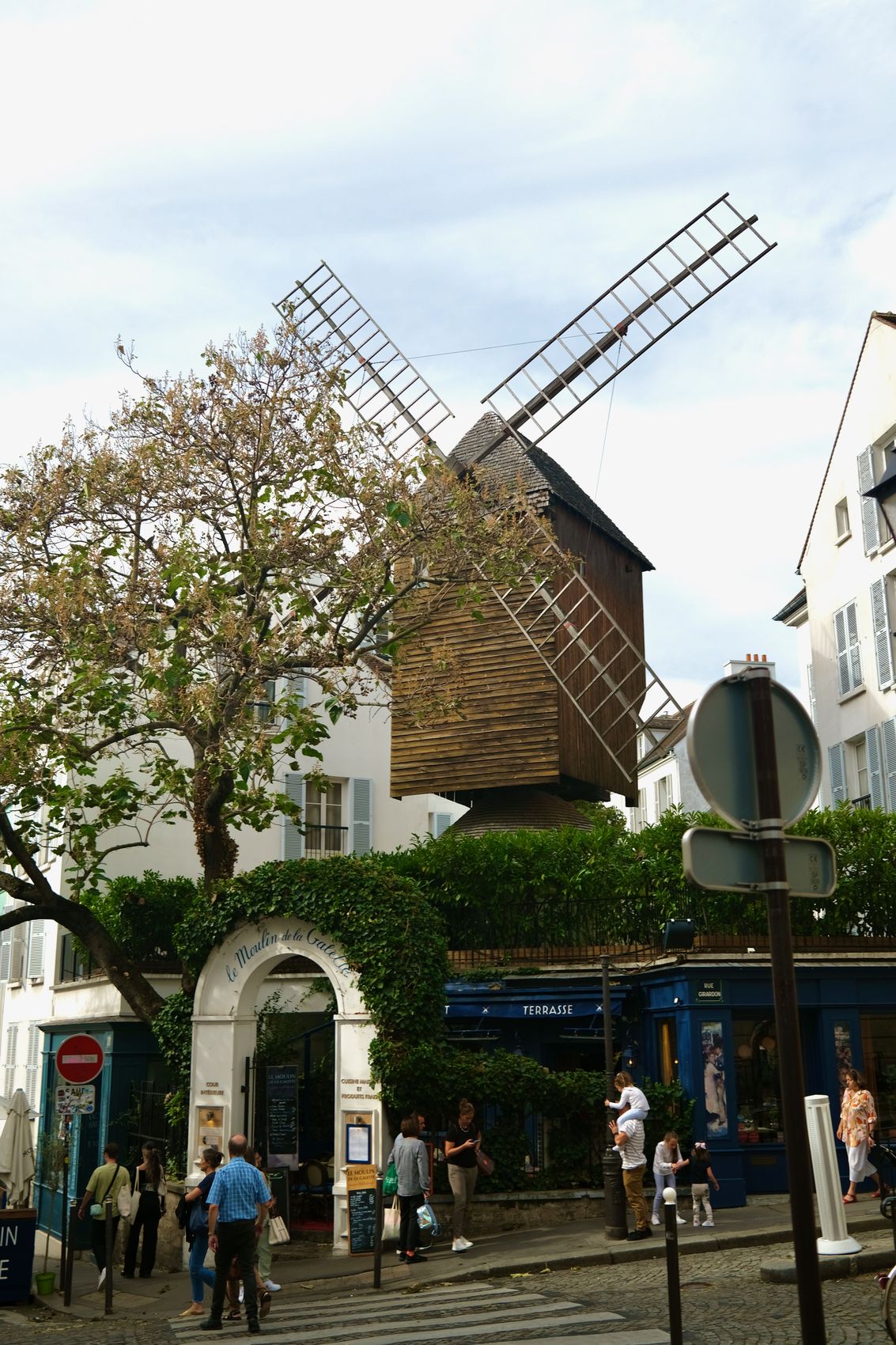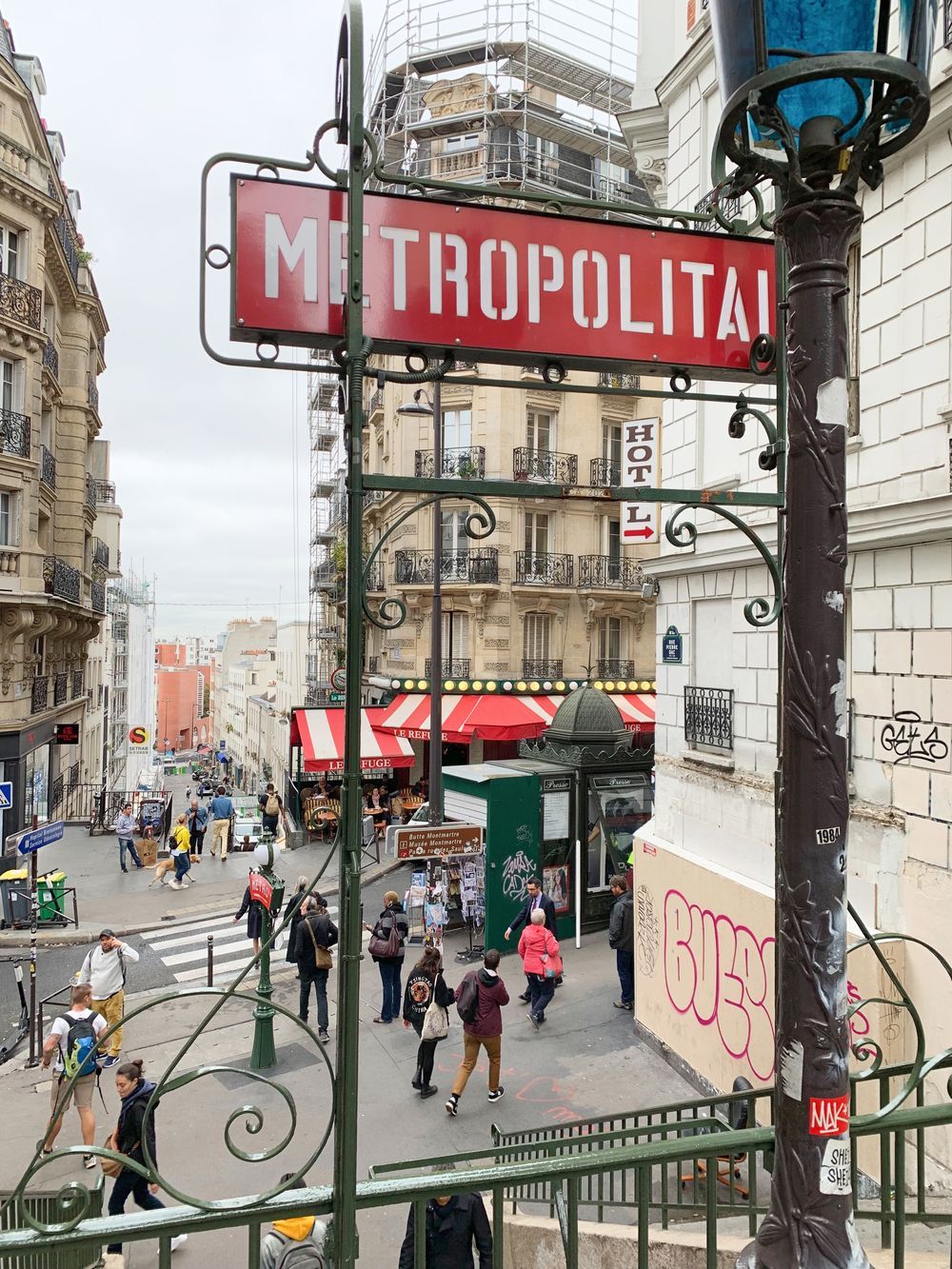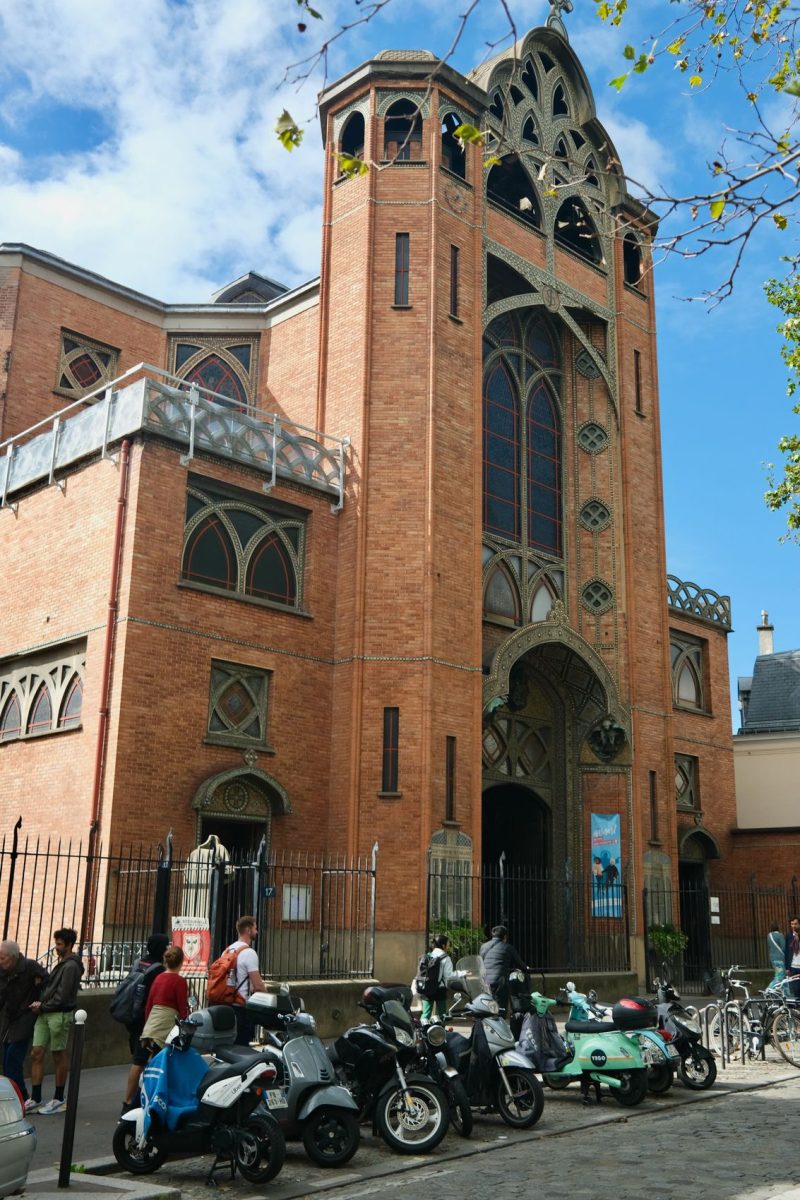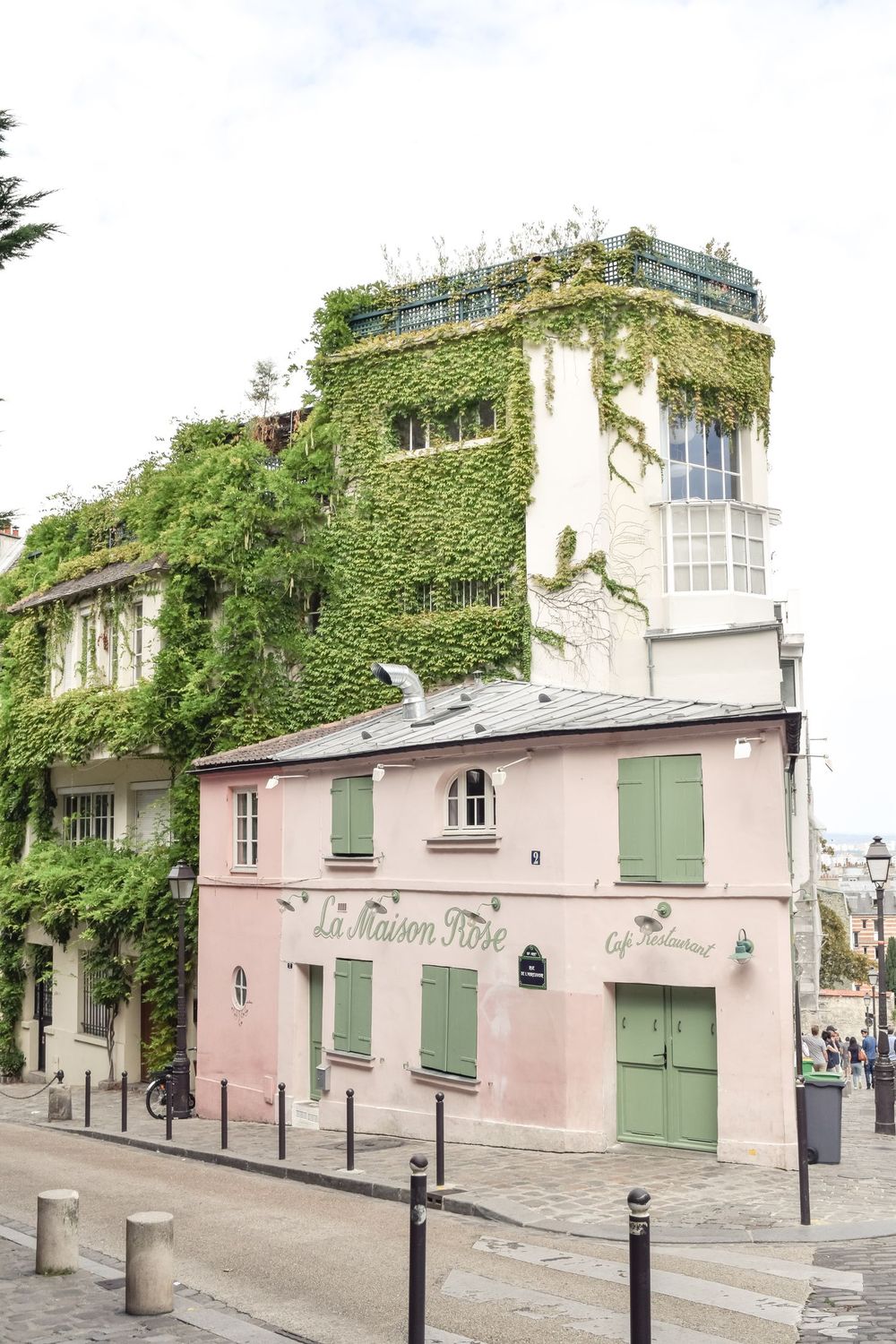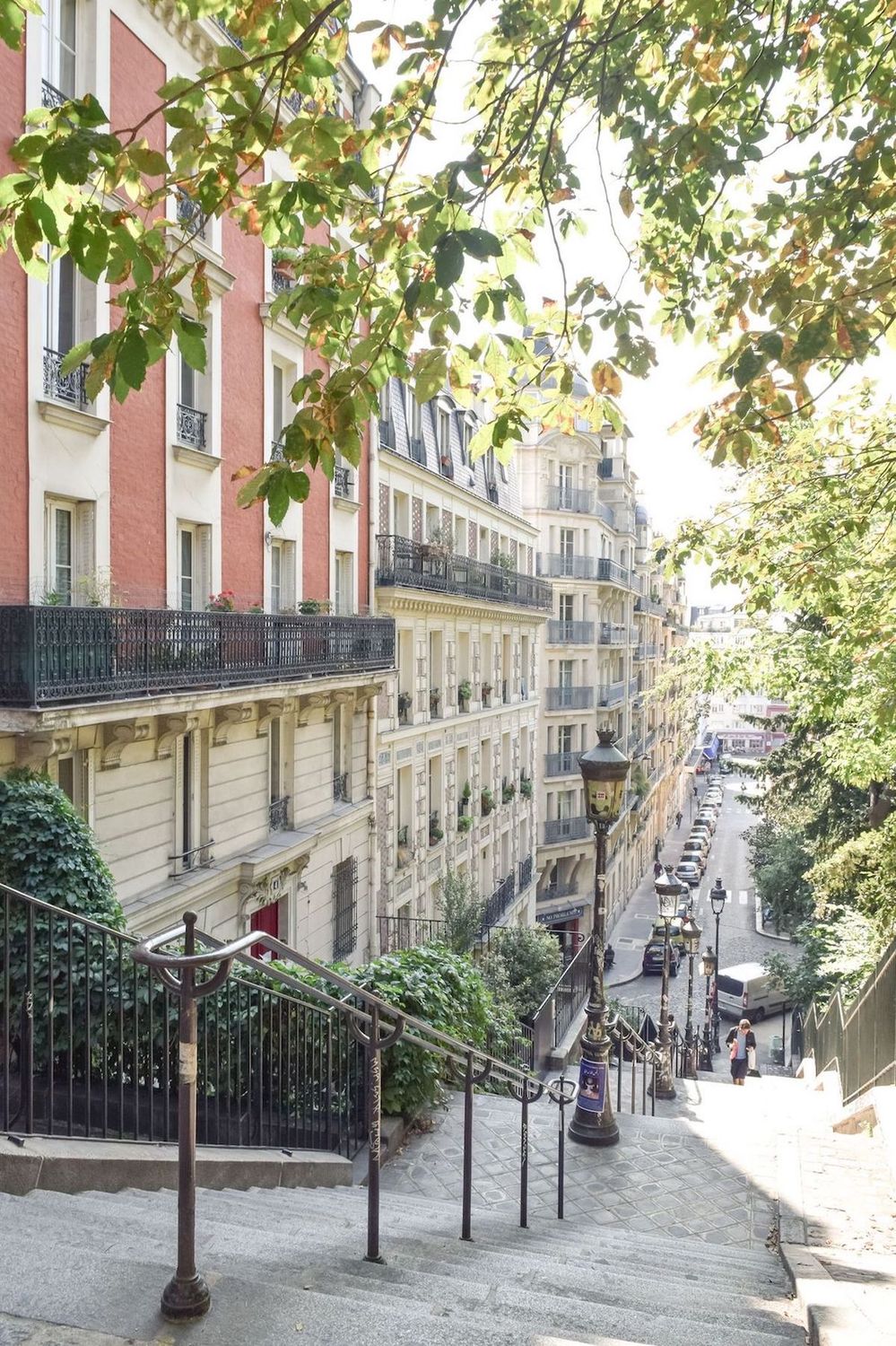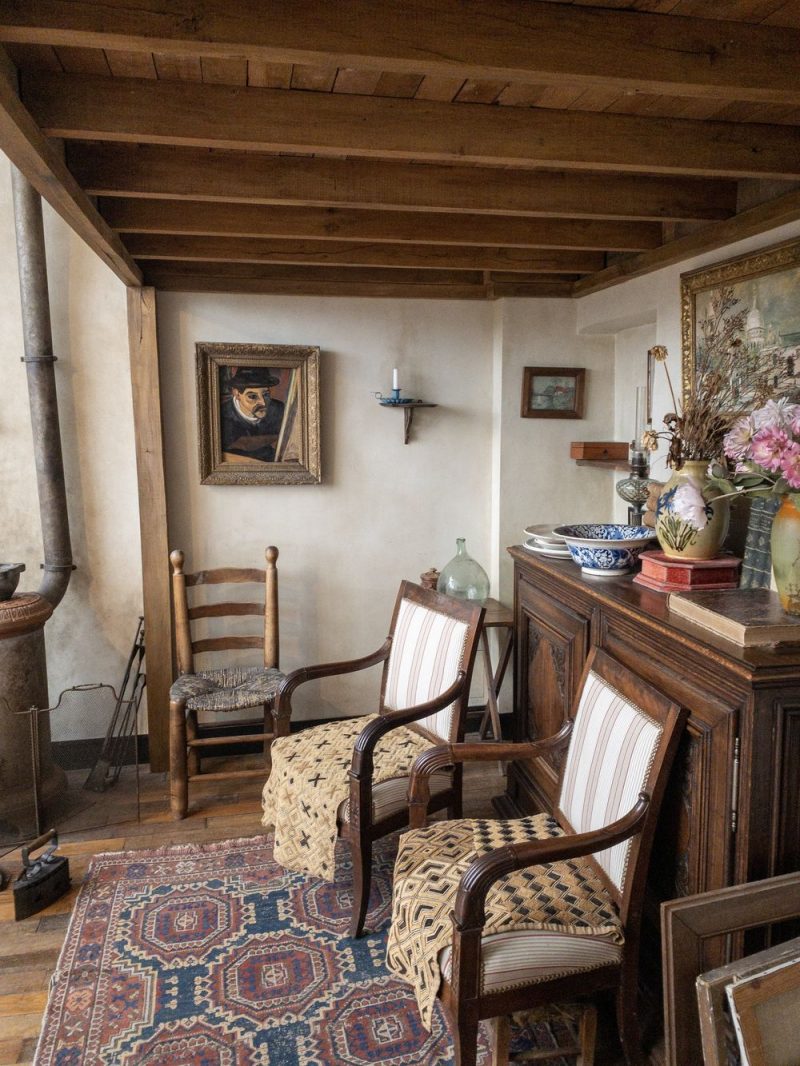The Last Historic Windmills of Montmartre, Paris
Culture Travel may earn a commission through links on this website. As an Amazon Associate, we earn from qualifying purchases.
The windmills of Montmartre have a fascinating history that spans several centuries:
In the early 20th century, up to 300 windmills of various shapes and sizes existed in Montmartre, used to grind flour and press grapes from nearby vineyards. The Moulin de la Galette has been known for more than just its milling capabilities since the 17th century.
The Debray Family and 1814 Siege
The mills were purchased by the Debray family in 1809, and in 1814, during the siege of Paris, miller Debray heroically defended a windmill against the Cossacks but was killed, and his body was reportedly nailed to the windmill’s wings. An old Montmartre windmill is actually affixed to the grave of a soldier who defended Paris during the Russian army invasion in 1814.
Transformation into Entertainment Venues
Following the tragic events of 1814, Debray’s surviving son decided to convert the windmill into a dance hall. This began a tradition of transforming disused windmills into entertainment venues. The famous Moulin Rouge was built in 1889 as a “mill of amusement” and has never actually ground any flour.
Montmartre’s Character
In Van Gogh’s day, Montmartre was still a partly rural area with allotment gardens and farms. The windmills became iconic subjects for Impressionist painters like Van Gogh, Renoir, and Toulouse-Lautrec, who captured the bohemian spirit of the area.
Today, only a handful of these historic windmills survive, serving as romantic reminders of Montmartre’s agricultural past and its transformation into Paris’s legendary artistic quarter.
Le Moulin Blute-Fin
Le Moulin Blute-Fin, also called Moulin de la Galette is a historic windmill located in the Montmartre district of Paris, France. This charming landmark is perched on the hillside near the Place du Tertre and is one of the last remaining windmills in the city.
The original Moulin Blute-Fin was built in the 18th century, specifically around 1622, and was part of a series of windmills that once dotted the Montmartre landscape. The name “Blute-Fin” comes from an old French term referring to a type of mill used for grinding grain. The mills were crucial for supplying flour to the growing Parisian population.
In the 19th century, the mill became a popular subject for artists and a landmark for the burgeoning bohemian lifestyle in Montmartre. It gained fame through paintings by artists such as Vincent van Gogh and Pierre-Auguste Renoir, who were inspired by the picturesque scenery and the artistic atmosphere of the area.
Though a lot of the windmills were destroyed during urban development, Moulin Blute-Fin has been preserved and remains an iconic symbol of Montmartre’s rich cultural heritage.
Le Moulin Blute-Fin is situated at the top of Montmartre Hill, near the intersection of Rue Lepic and Rue des Saules, making it a popular stop on walking tours of the area.
Moulin Blute-Fin represents both the historical essence and the artistic legacy of Montmartre, making it a must-visit destination for anyone exploring Paris.
